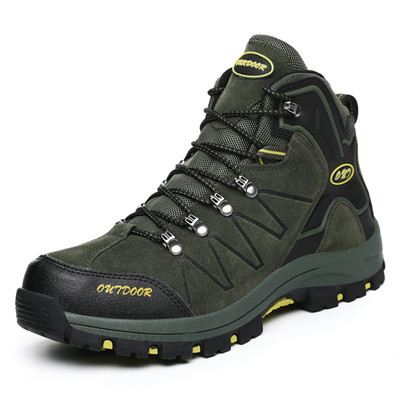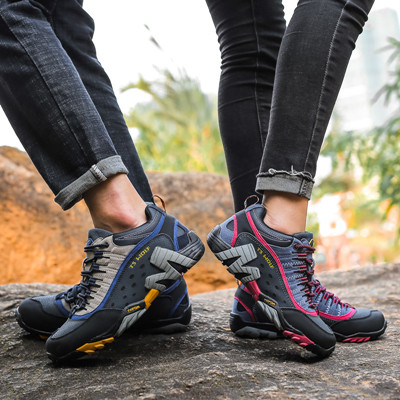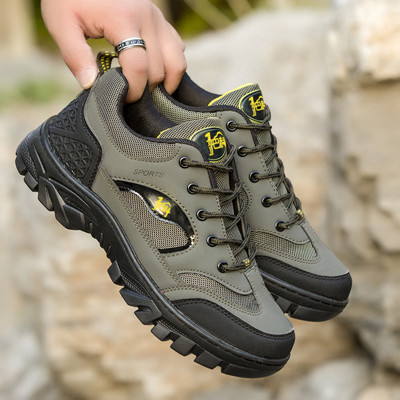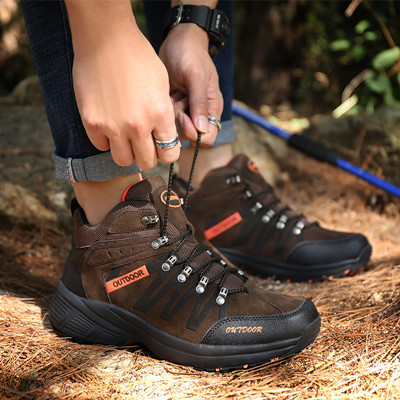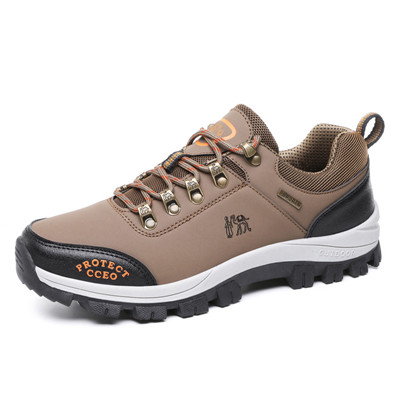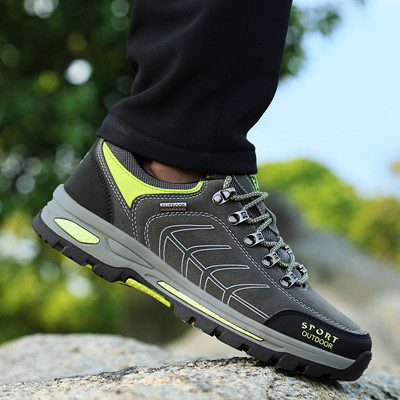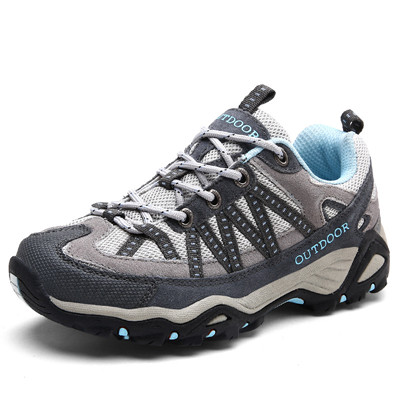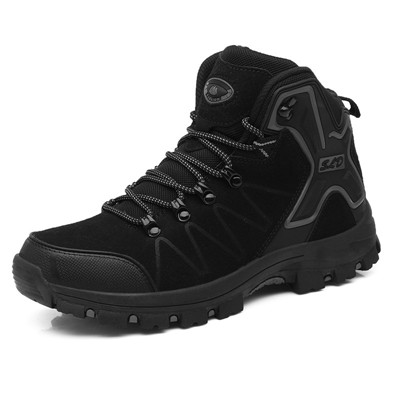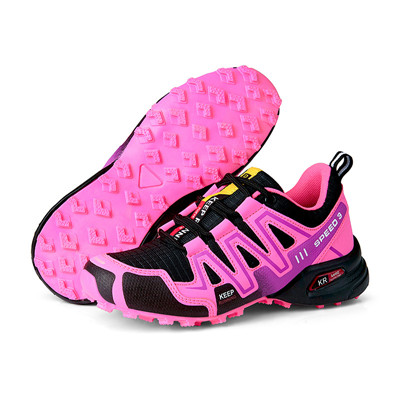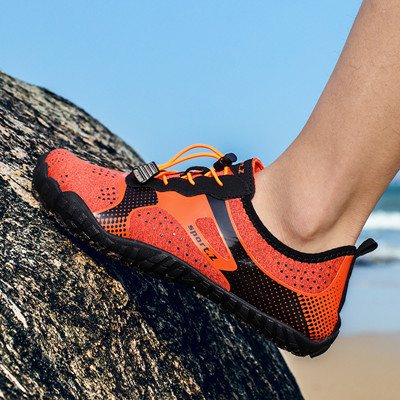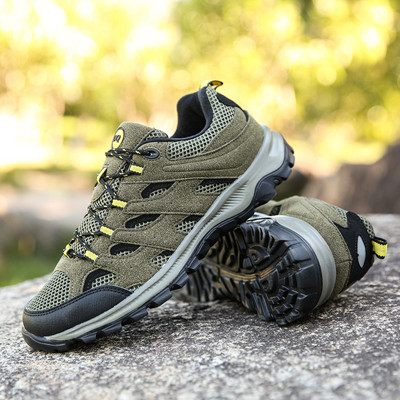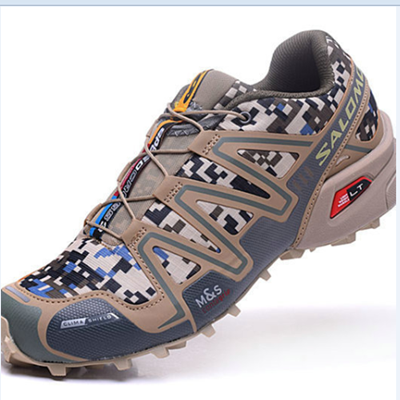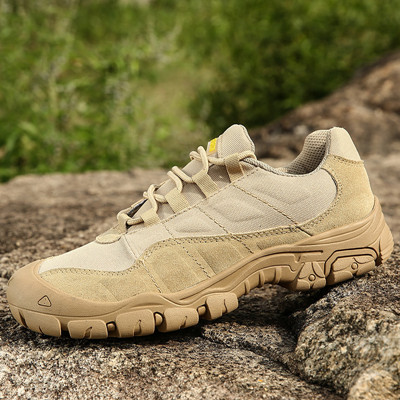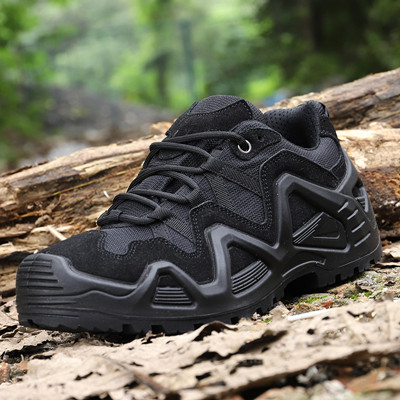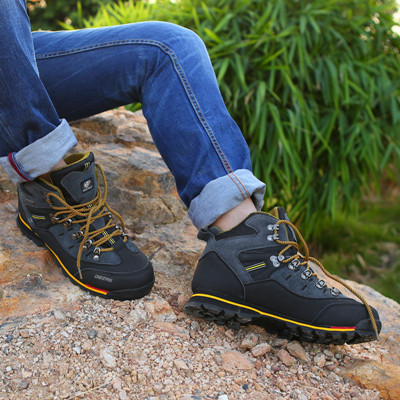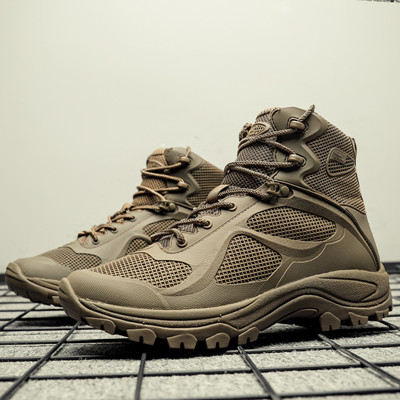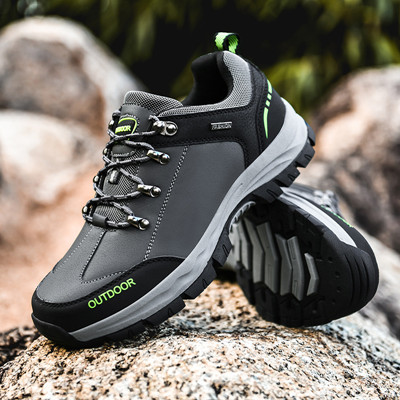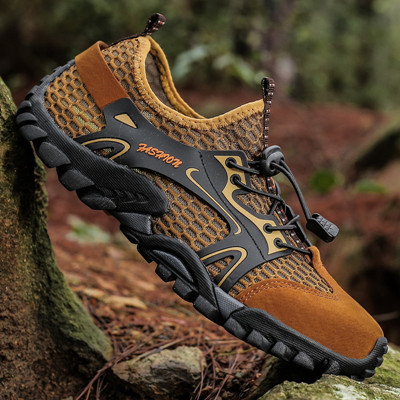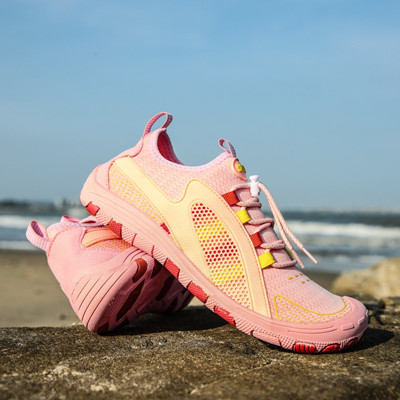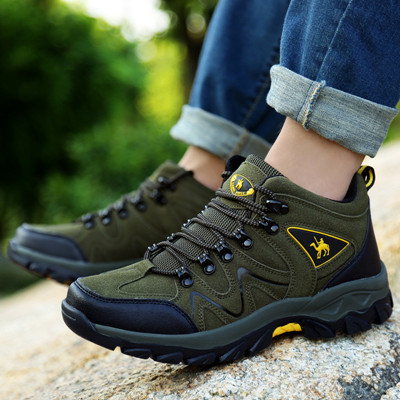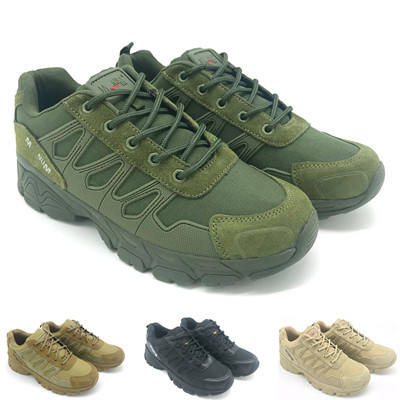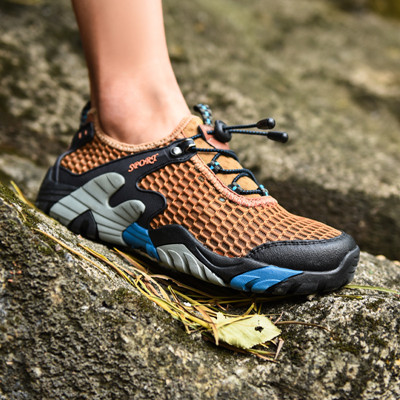Introduction to hiking shoes
The early hiking shoes were all leather products. The shoemaking technology has been reformed a lot. Lightweight hiking shoes and plastic shoes have been added to the mountaineering ranks. Although leather shoes are still the first choice for climbers, the shoes must be hard enough to resist rocks. The hardness of the scraping, the hardness can kick the hard snow out of the steps, and the walking can be quite comfortable. During the single-day activity, you may face upstreaming, mud, debris, fallen wood, hard snow and steep rock walls. Choosing the right hiking shoes is very important.
The ideal hiking shoes should have enough space for the opening, even if it is wet or snowy, it can be put on and taken off easily. The tongue must be sufficiently waterproof. The stitch length should be narrow to avoid water intrusion. Toes and heels need 2 to 3 layers of leather or fabric protection. The front of the toes is hard, and will not be injured by squeezing or kicking hard ice and snow when wearing crampons. The heel is harder to increase the stability of the foot during the traveling period, and the foothold can be stepped on when the foot is downhill during the snowy period.
The purpose and choice of hiking shoes considers maintaining balance, supporting the body, cushioning capacity, hard soles, water resistance, suitable weight for shoes, such as light shoes, suitable for walking on the light road of traditional routes, and non-traditional routes will miss you Walking in the woods or rock climbing must choose harder shoes. Generally speaking, light shoes cannot provide enough stability for carrying a heavier backpack. At the same time, when walking on difficult terrain, you need to protect your ankles, heels and toes. force.












